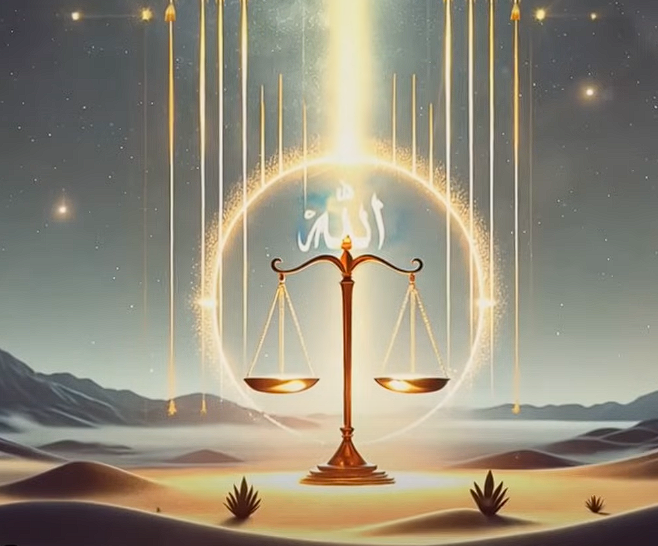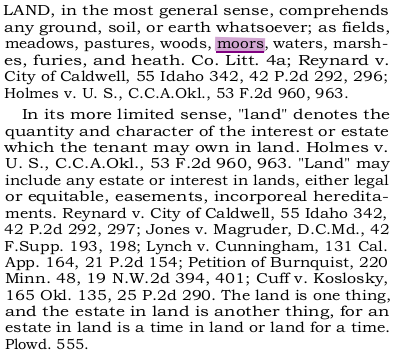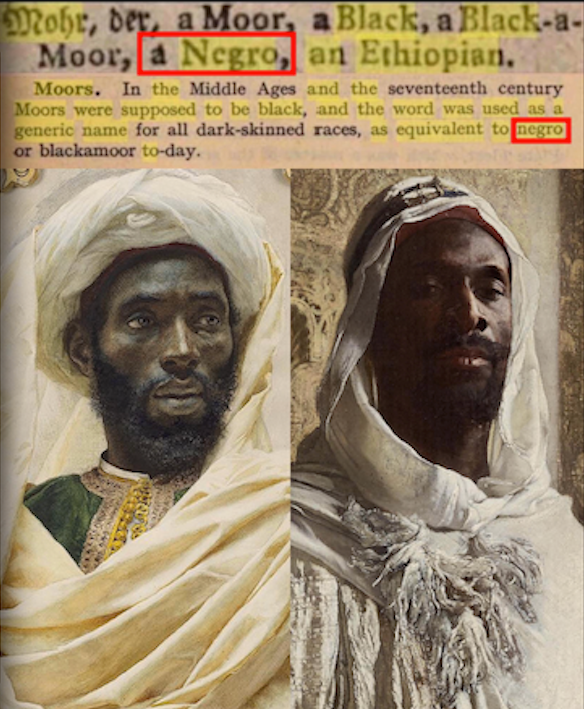Article VI, Clause 2— referred to as the Supremacy Clause—explicitly states that:
“This Constitution, and the Laws of the United States which shall be made in Pursuance thereof; and all Treaties made, or which shall be made, under the Authority of the United States, shall be the supreme Law of the Land; and the Judges in every State shall be bound thereby, any Thing in the Constitution or Laws of any State to the Contrary notwithstanding.”
Supreme
(adj.)
1520s, “highest,” sometimes literal but especially “highest in authority; holding the highest place in power,” from Old French suprême (15c.) and directly from Latin supremus “highest,” superlative of superus “situated above,” from super “above” (from PIE root *uper “over”).
The general sense of “most extreme, greatest possible” is from 1590s. The noun meaning “person having power” is by 1550s; in reference to God (the Supreme) by 1702.


LAW
(n.)
Old English lagu (plural laga, combining form lah-) “ordinance, rule prescribed by authority, regulation; district governed by the same laws;” also sometimes “right, legal privilege,” from Old Norse *lagu “law,” collective plural of lag “layer, measure, stroke,” literally “something laid down, that which is fixed or set.“

LAND
Any Ground
Soil, or Earth
Moors



BIG
(adj.)
c. 1300, at first found chiefly in writings from northern England and north Midlands, with a sense of “powerful, strong;” a word of obscure origin. It is possibly from a Scandinavian source (compare Norwegian dialectal bugge “great man”). Old English used micel (see much) in many of the same senses.

